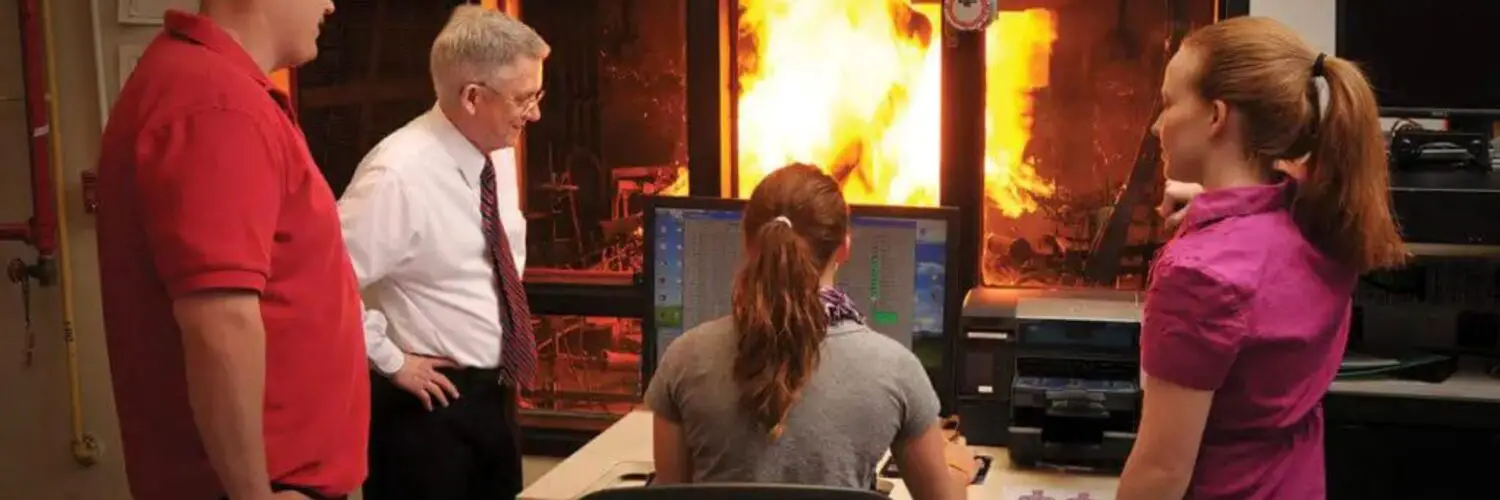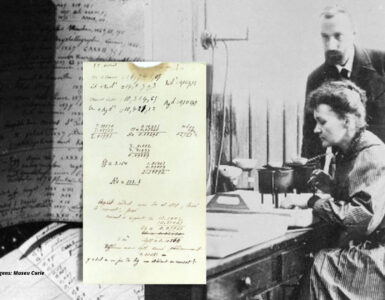Recently, a company decided to test soldier gear to find out if it can help protect people from intense fire flames. Since we have consistently heard about soldier gears having the capability to contain flame-resistance, the company wanted to observe if it could make it happen. That is why they subjected it to a fire test to map out the results.
The company used a dummy known as Pyroman, a part of the Textile Protection and Comfort Center at North Carolina State University. The Pyroman was dressed using the soldier gear and put on fire to see how well it could resist the fire. After a few minutes of burning, when the fire was put out, a video by Massif showed that the gear smoked and charred, but it wasn’t on fire.
But with standard clothing, you could have expected the complete opposite to occur. Had the material been cotton or any other fabric, it would have melted, burnt, and been dripping by now. That is why soldier gear can help keep people protected. Such a feature cannot be possible in any other fabric present.
Could normal fabric support flame-resistance?
Cotton is exceedingly awful because even with a tiny drop of sweat, it can easily absorb moisture. With this potential to absorb moisture cotton can be highly unsafe for people. Even with a slight bit of sweat, it can straight-up cause conditions like hypothermia in people. So, it is evident that it would be the last resort for people who wished to save themselves from the intense flames of fire.
Most people say that synthetic clothing is better for wearing outdoors. Since they are poor at absorbing moisture and sweat, they will be able to keep us safer. But what about resistance to fire and heat? Even synthetic clothing may fail to protect people from that. Synthetic clothing mostly smells a lot, even after you have just spent 10 minutes in the gym. That is why most military persons do not count on it, much like cotton.
Clothing made of polyester and nylon can also burn quickly. So, anyone who wears this from the military department, even with soldier gear, may not be able to protect themselves as these two materials fully cannot coexist with each other. Even fleece could be a suitable material, but it’s flammable.
Experts suggest why normal fabric may not support flame-resistance
Some people suggest that synthetic could be worn under armor shirts, to which Senator Tammy Duckworth proves otherwise. She writes in her memoir,
“Nylon melts into the wound, as we found out when guys started getting hit with improvised explosive devices (IEDs) while wearing synthetic Under Armour T-shirts instead of the standard-issue brown cotton ones under their battle dress uniforms.”
Steve Stacy, who is the director of textiles and technology at Massif (a company creating flame-resistant fabric), also goes on to say, “The holy grail of the outdoor world are nylons and polyesters. But if you look at the chemical makeup of nylons and polyesters, they’re fuel—everything in their burns melts and drips.”
People from the military department are consistently playing with fire due to some reason or another. Either they go to fight wars in areas with regular bomb dropping or accidents. That is why they must protect themselves by wearing the right piece of clothing. Since these materials are not flame-resistant, they may not be reliable either.
The soldier gear isn’t something that can help you survive even during fire burning a building. It is only helpful to endure a flash of fire. But that could also be severely useful for these soldiers. That is why such gears are in high demand for them. However, you may not be able to count on it during intense fire flames if you are looking to stay there for long. Remember, this is to help you endure it for a flash second and save yourself.
The bottom line
Gears with flame-resistance like those worn by soldiers are helpful in a variety of ways for them. That is why most soldiers who are exposed to intense situations involving fire use them to protect themselves.
In the experiment above, Pyroman helped enormously in finding out if soldier gears could help protect for real. Indeed, it proved itself!





























